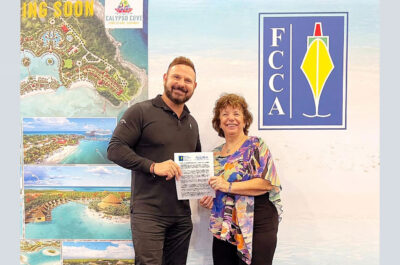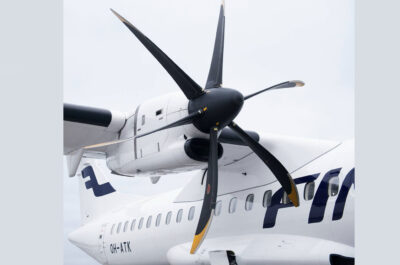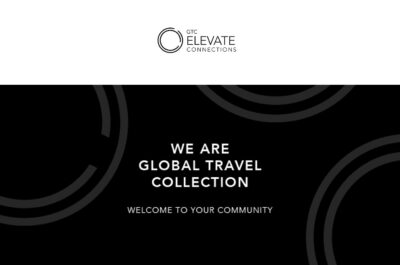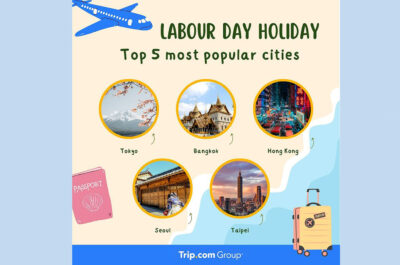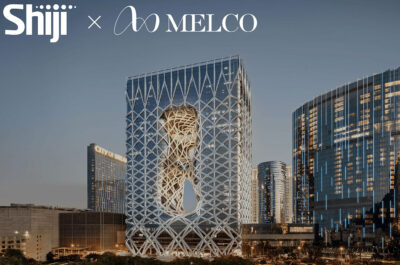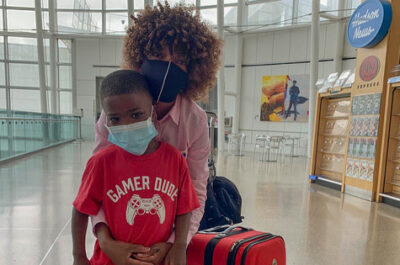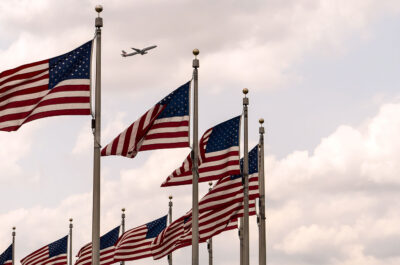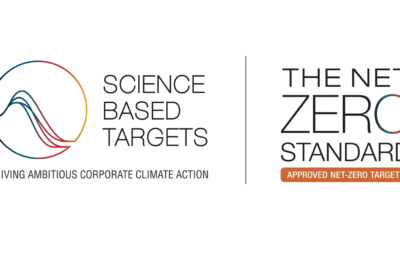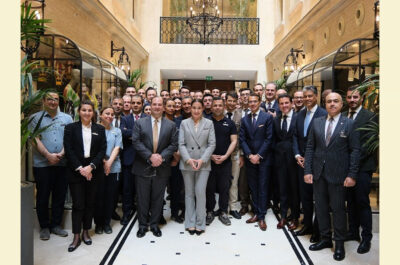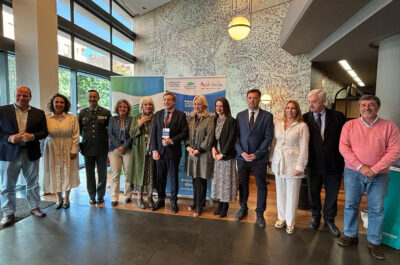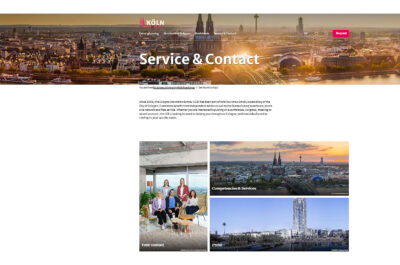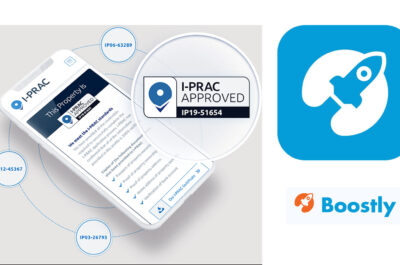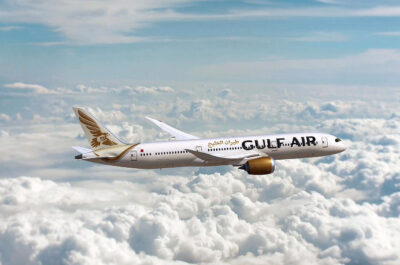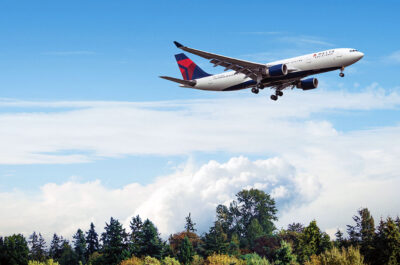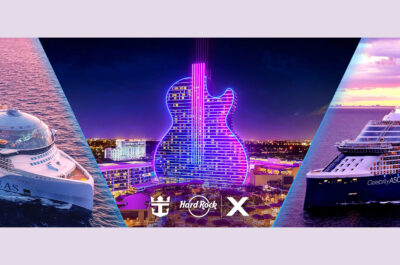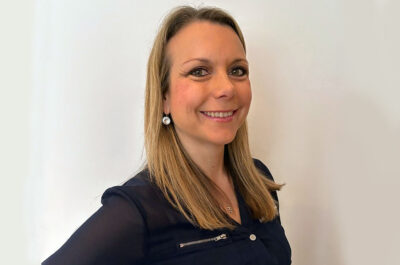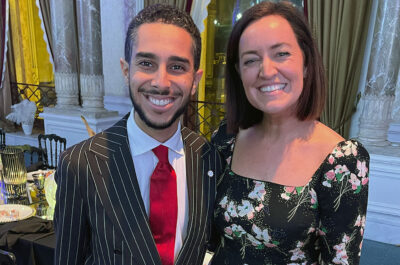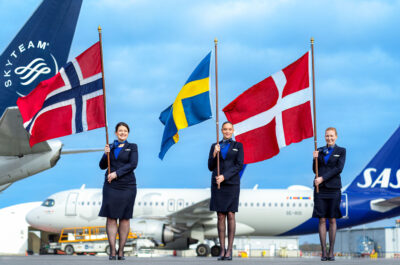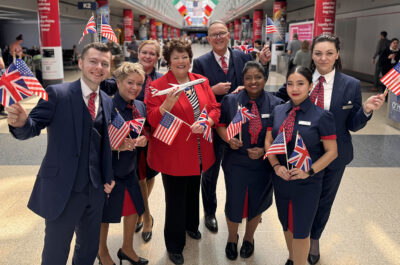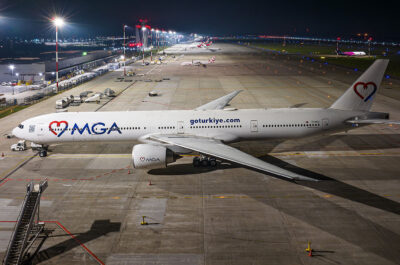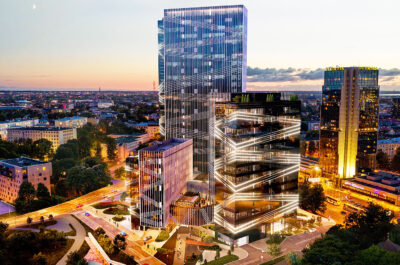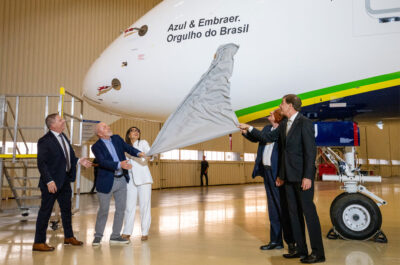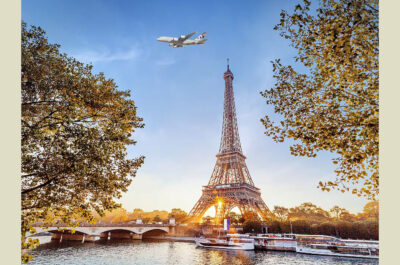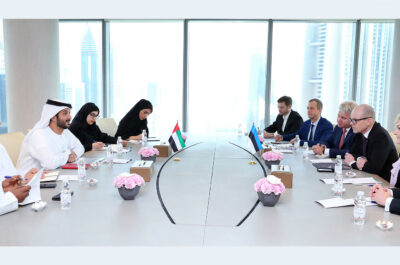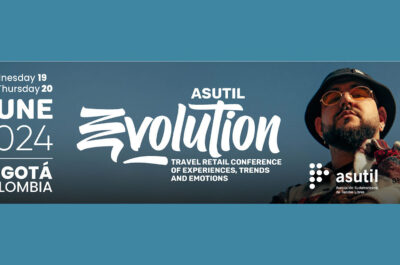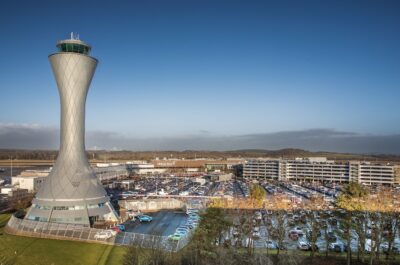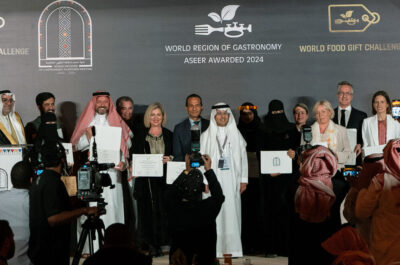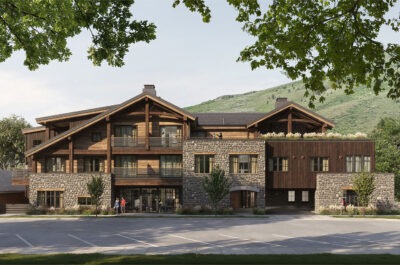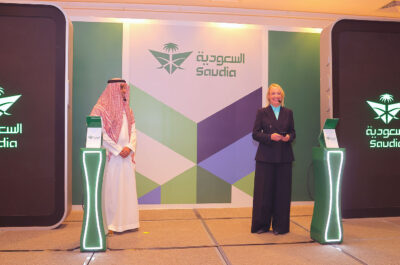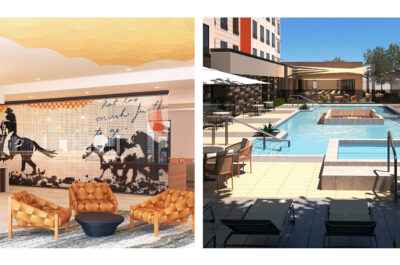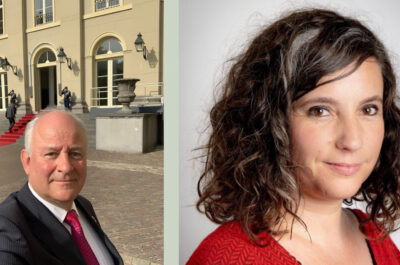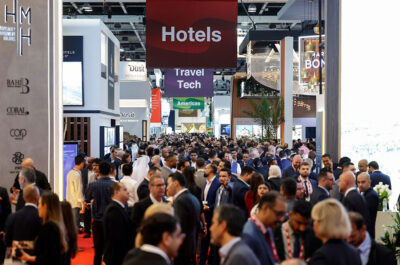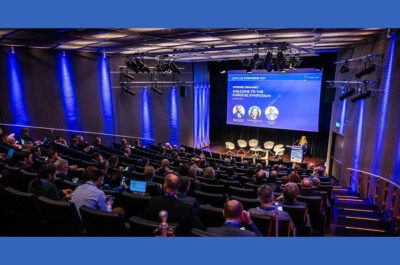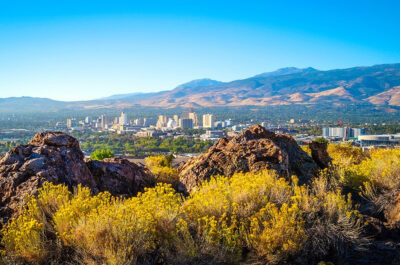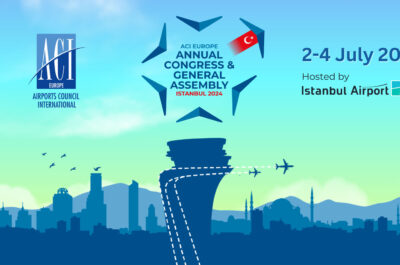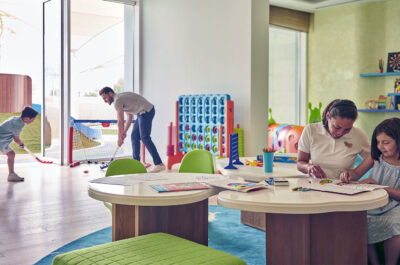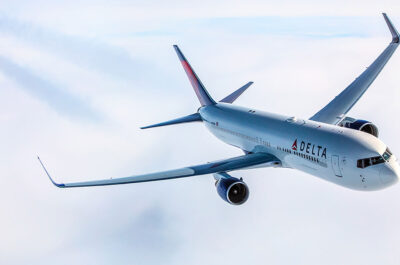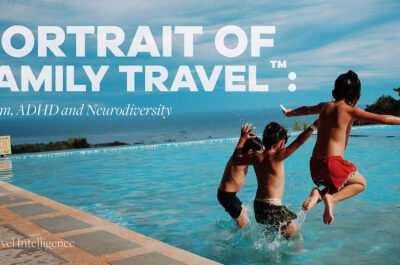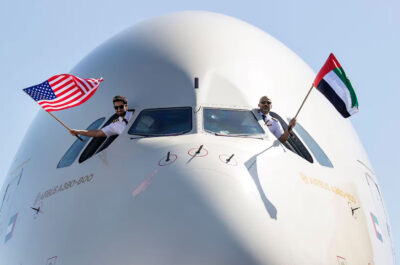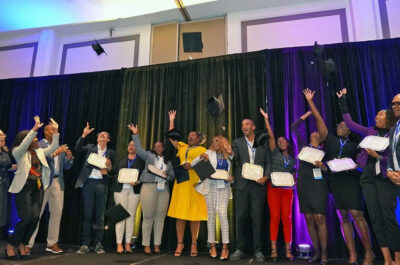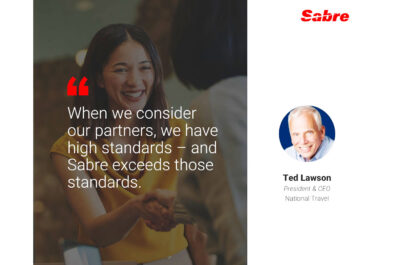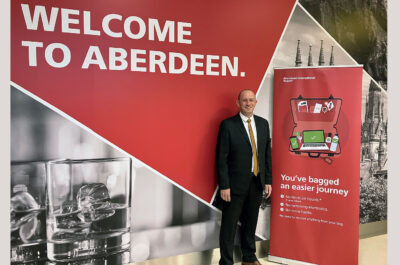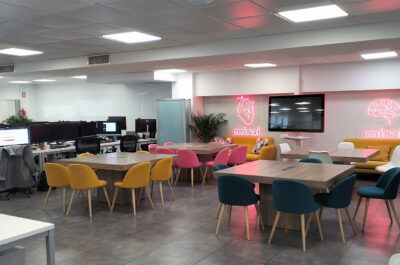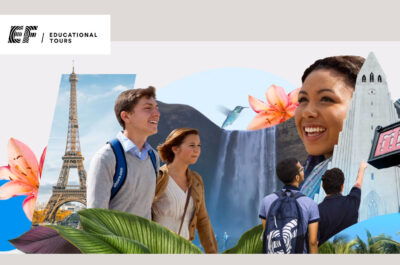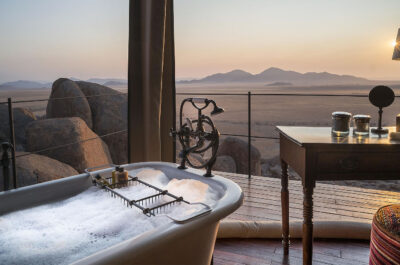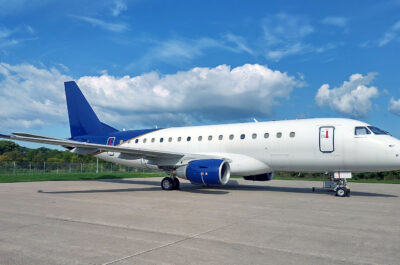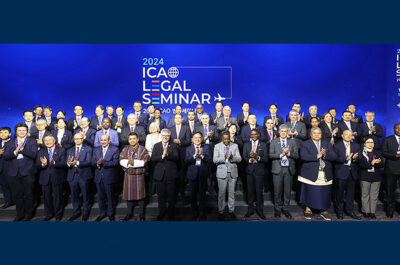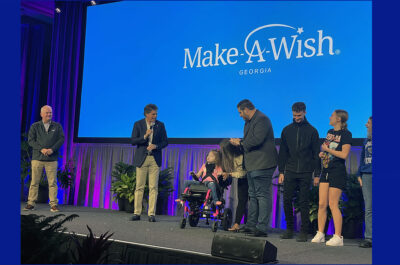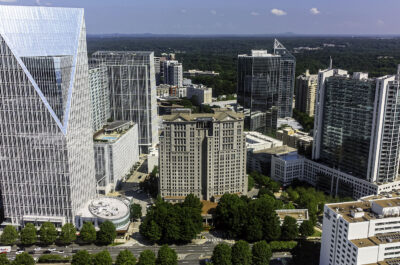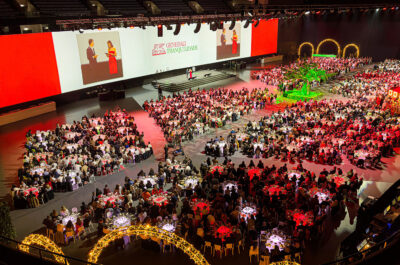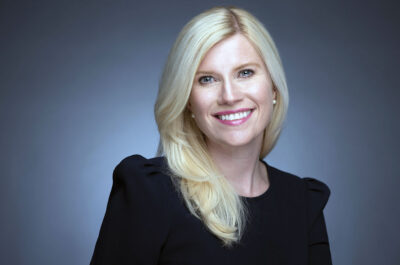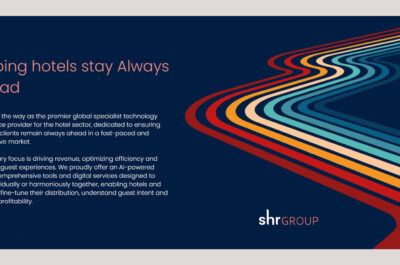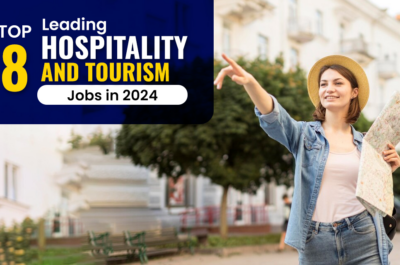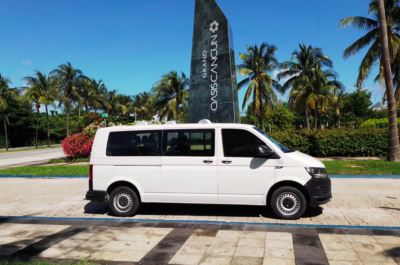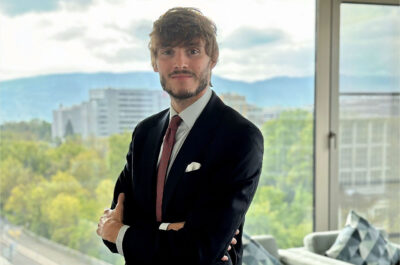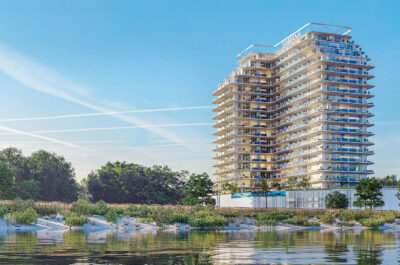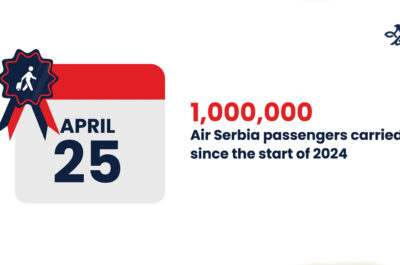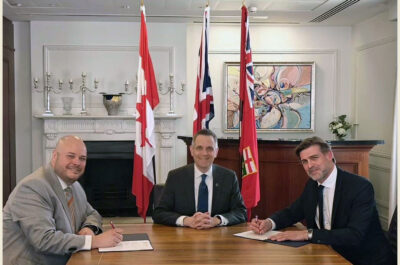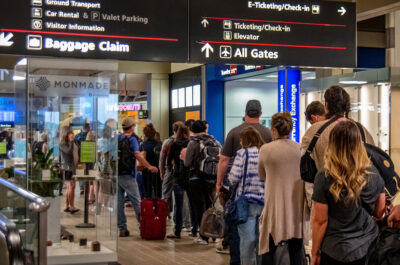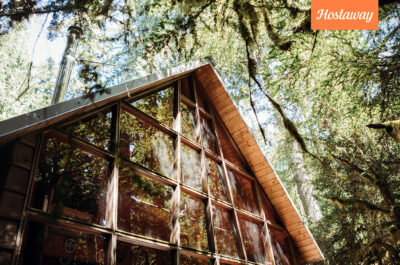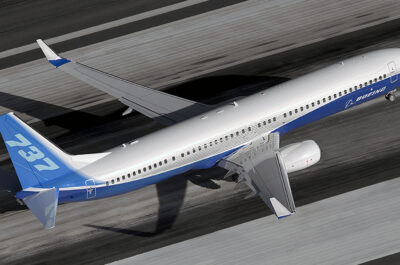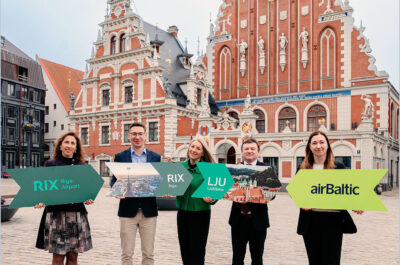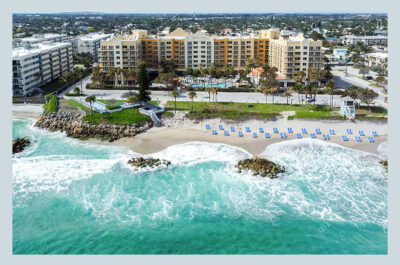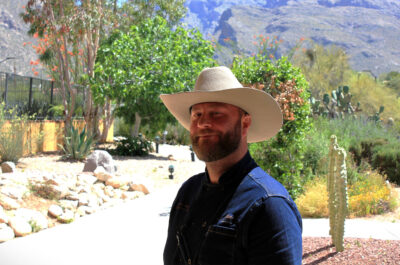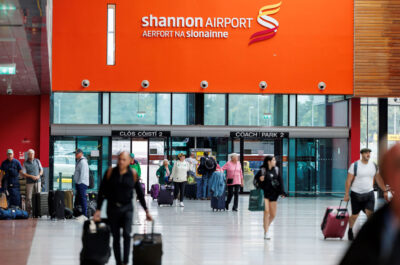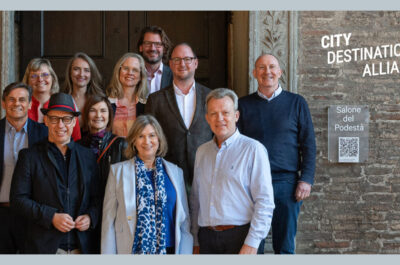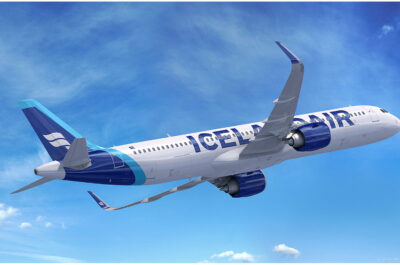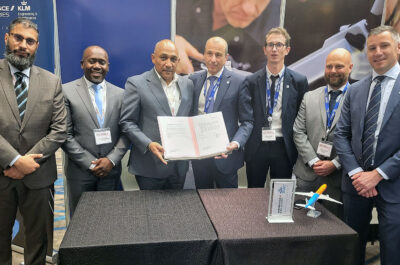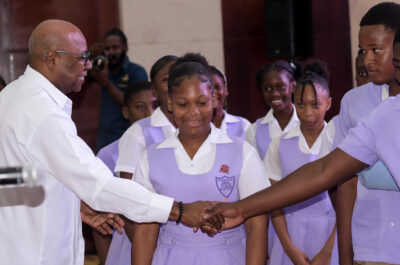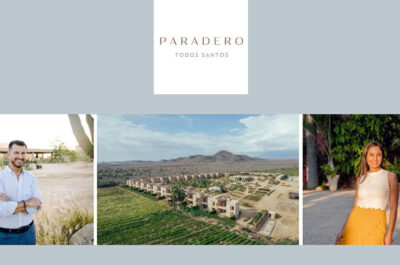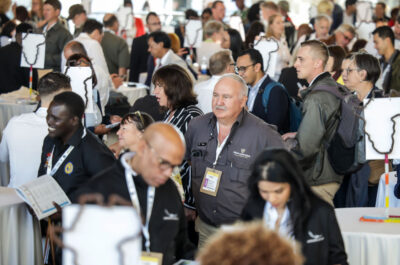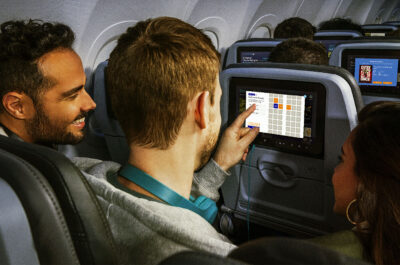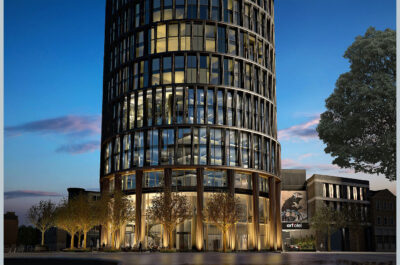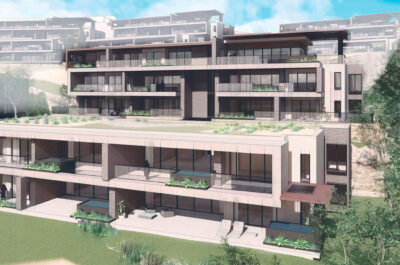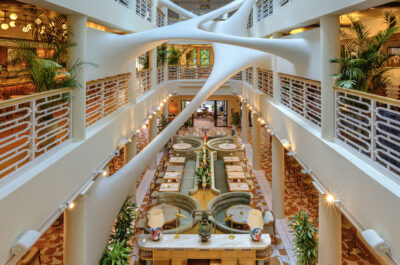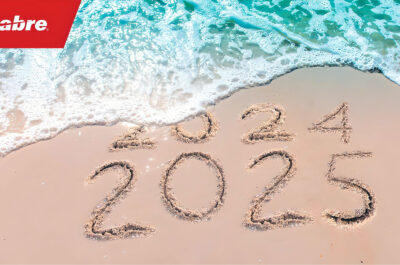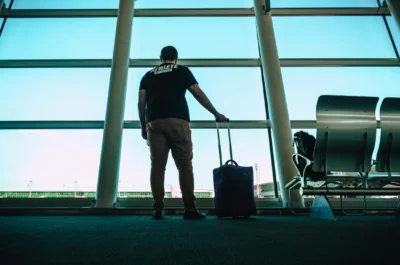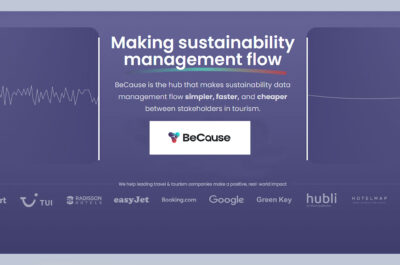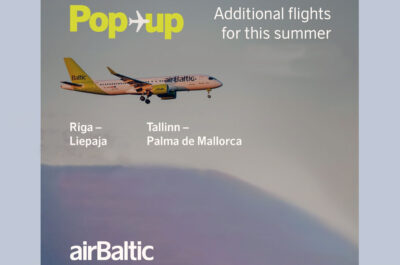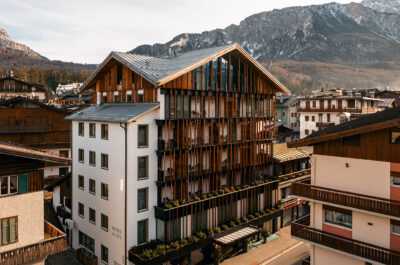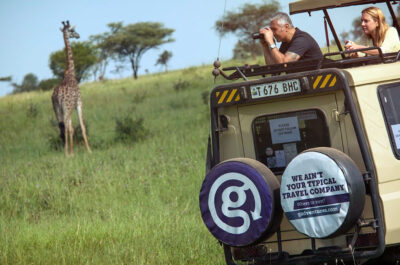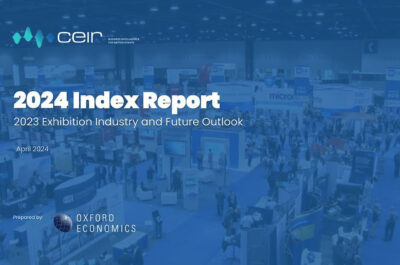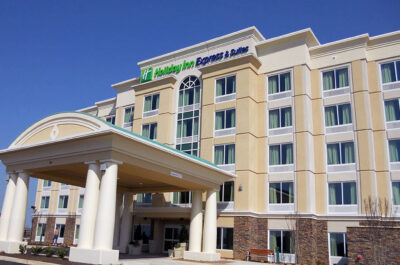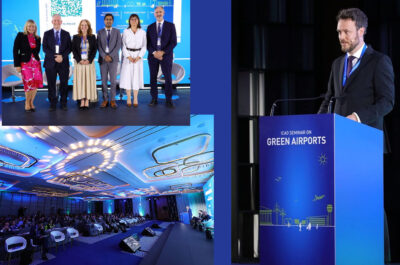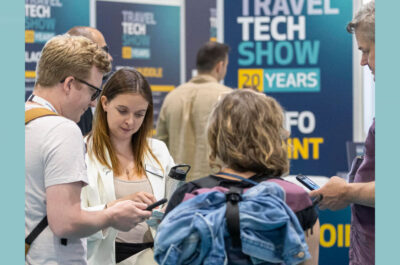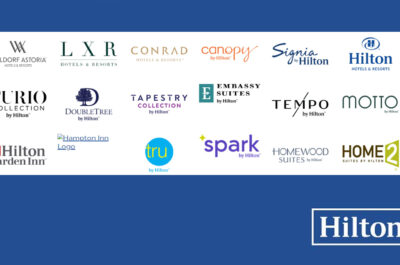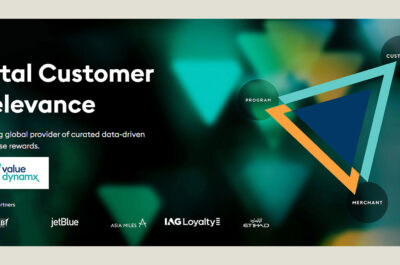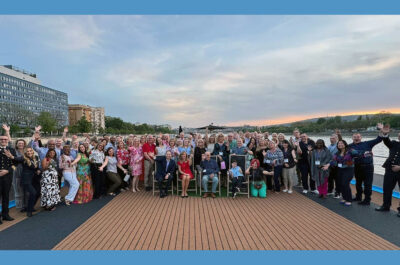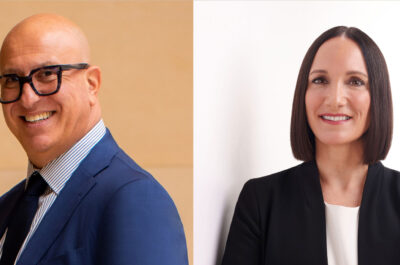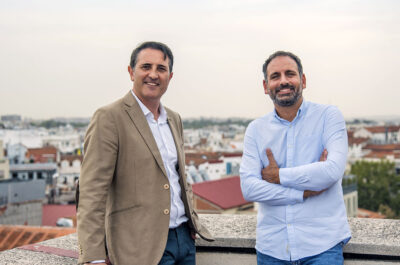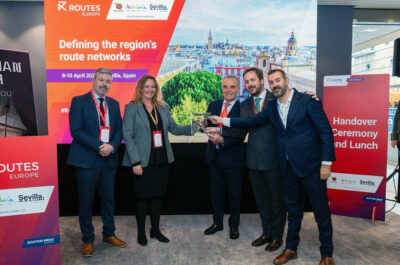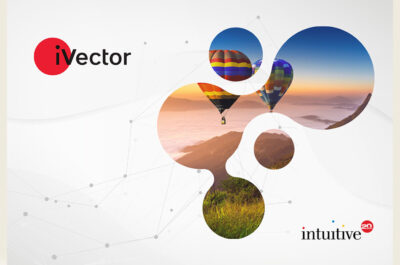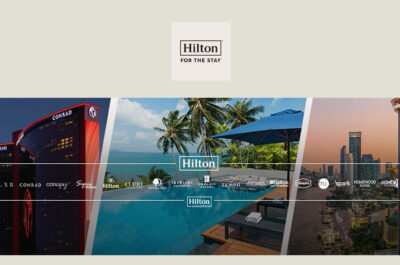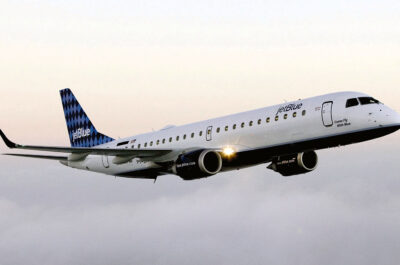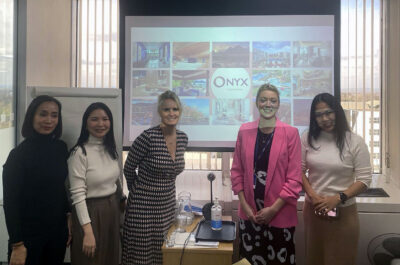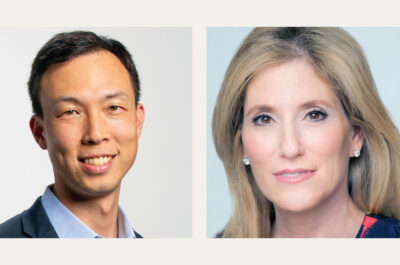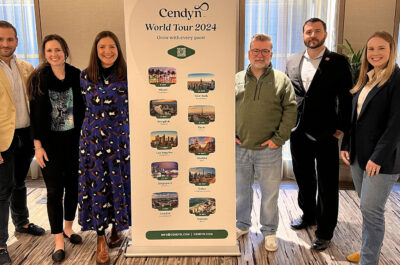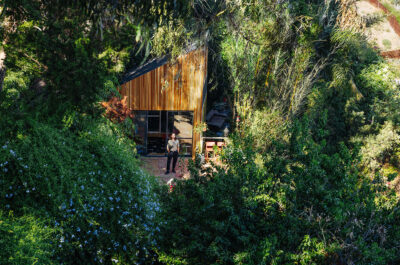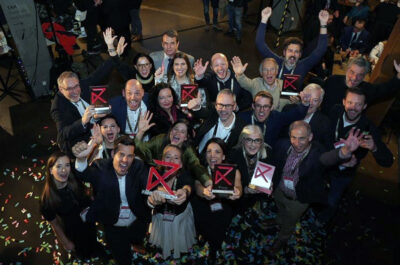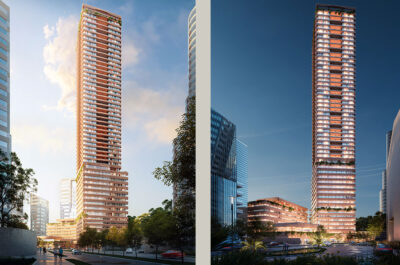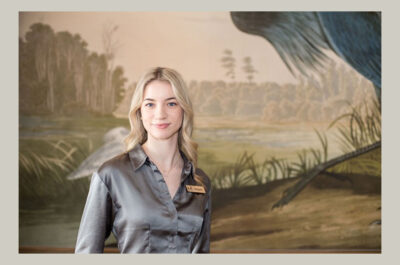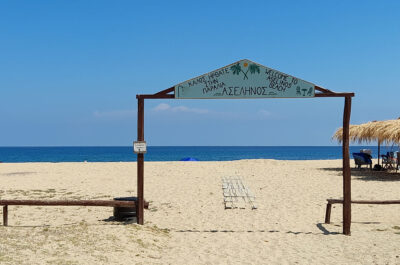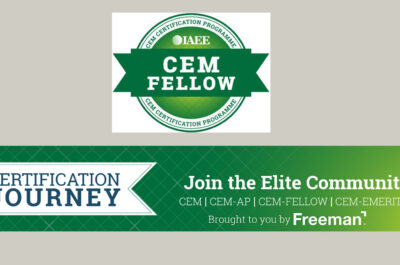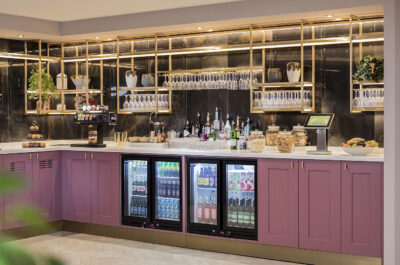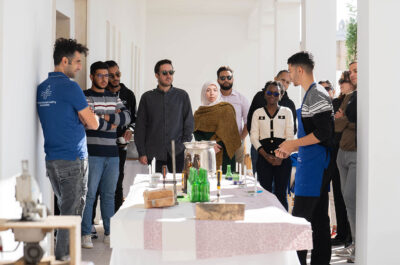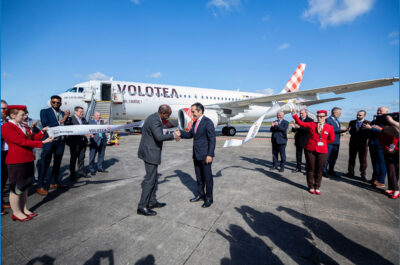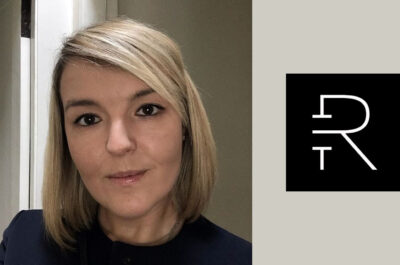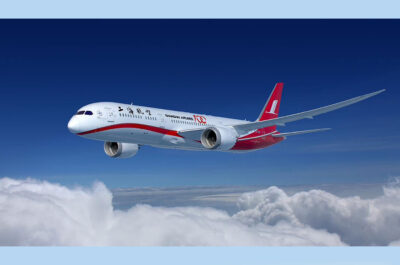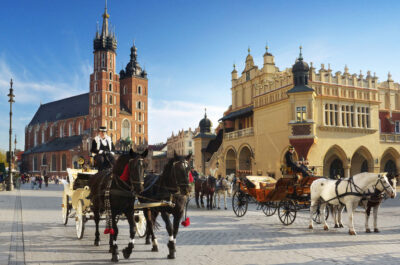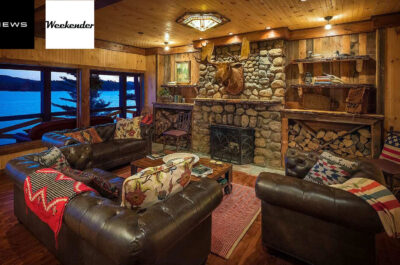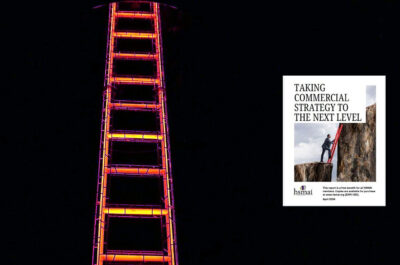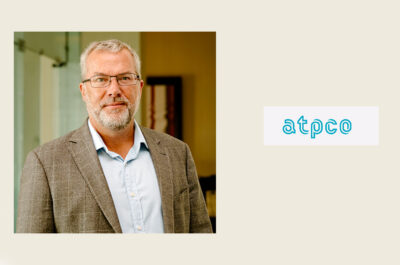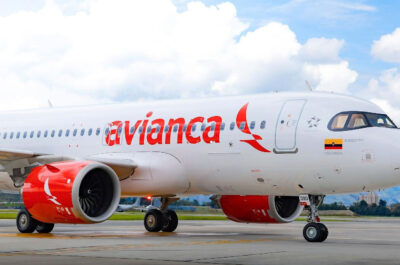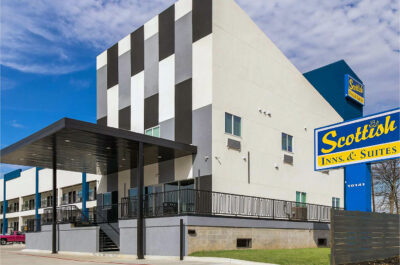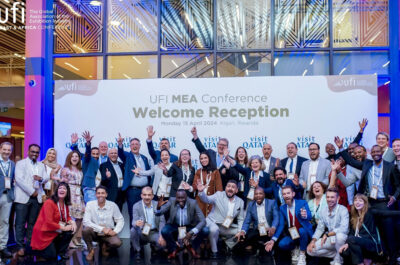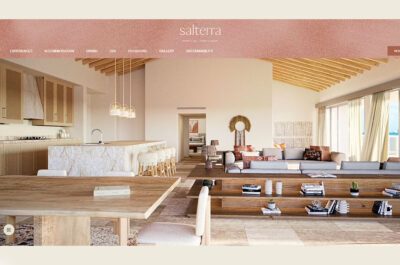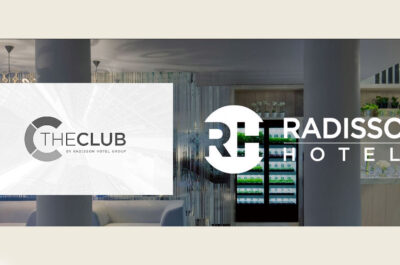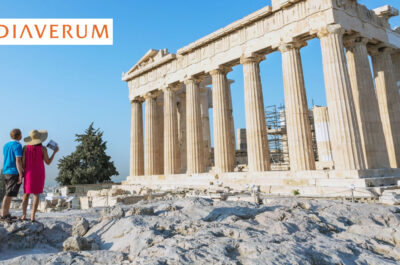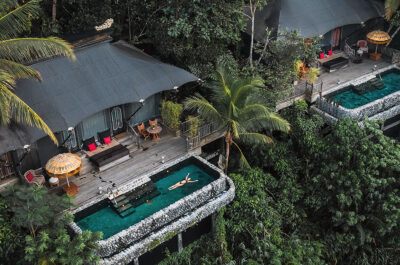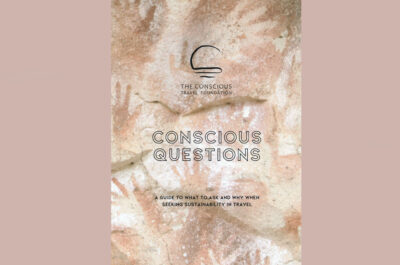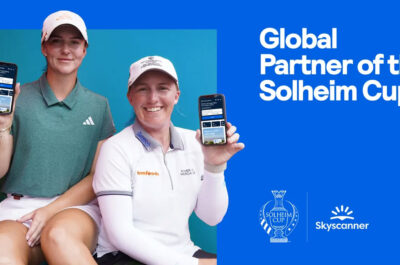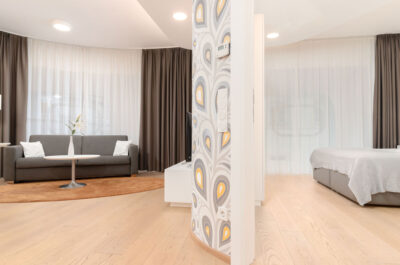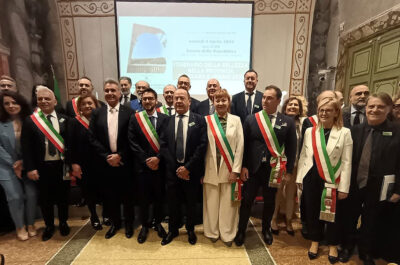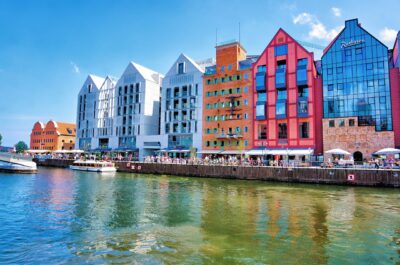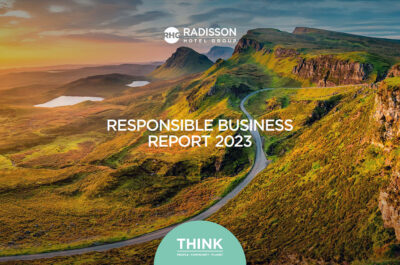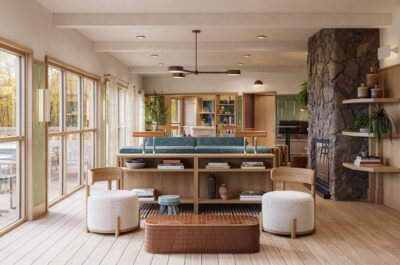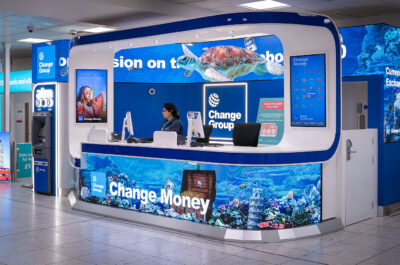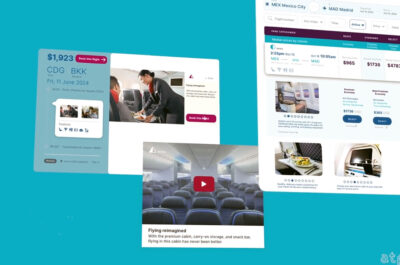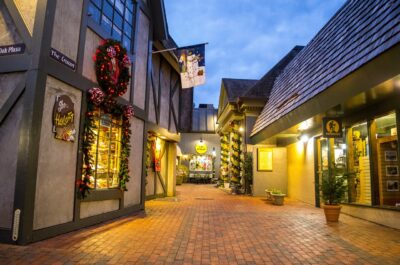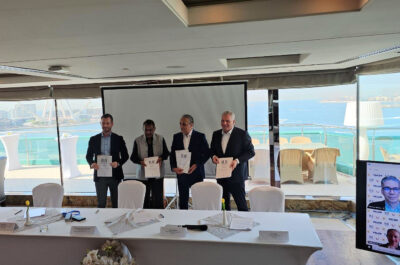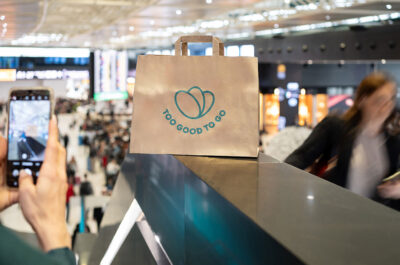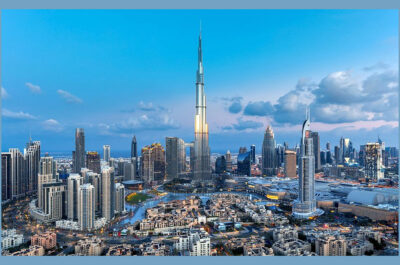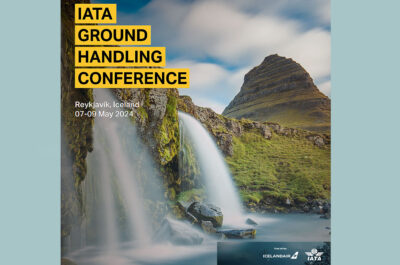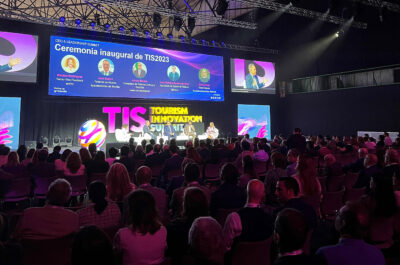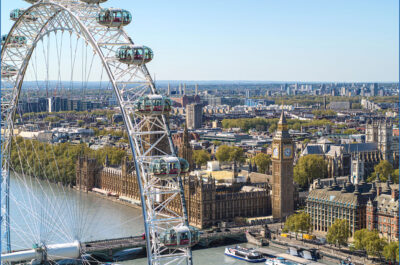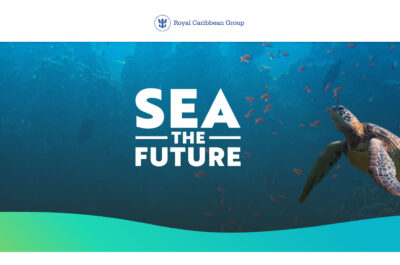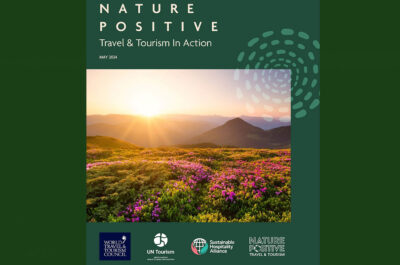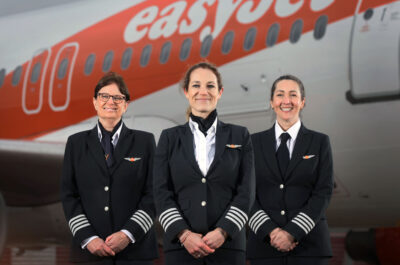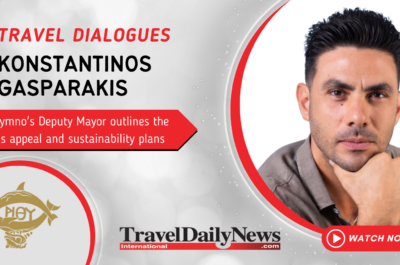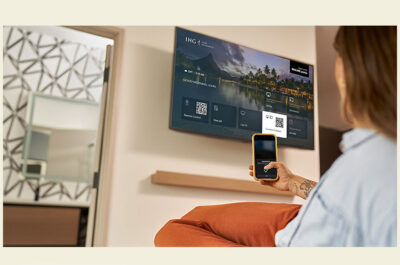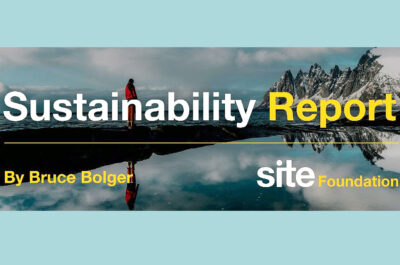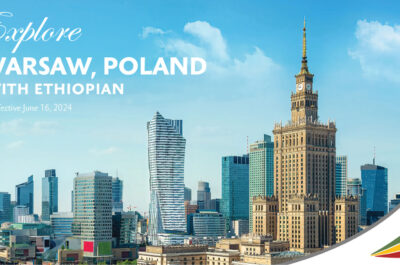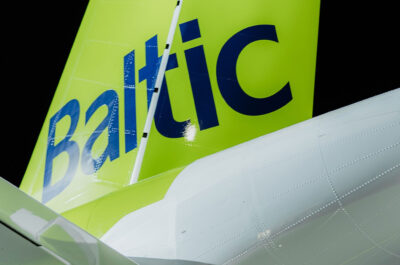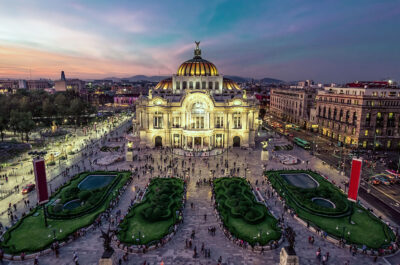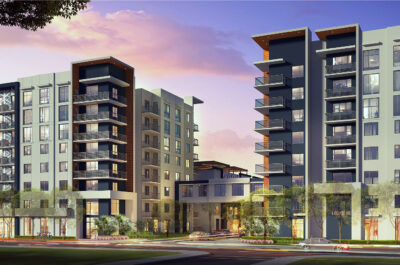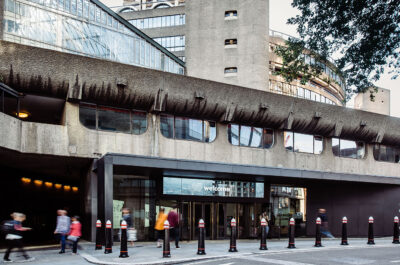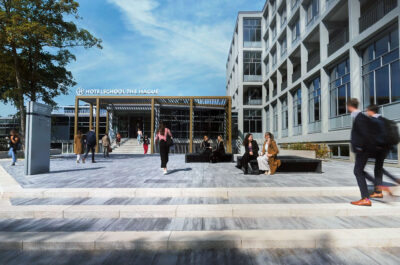Hospitality giant and meeting leader assemble group of influencers to determine new frontiers for the event industry.
BETHESDA, MD. – What do wearables, telepresence, big data and CrossFit have in common? They’re key to leading trends that will shape how meetings could be imagined and implemented in the future.
This growing focus on collaboration, wellness, and personalized technology is influencing daily living, work and the way people interact. In a world that is more social, mobile and collaborative by the day, there’s no denying that meetings are due for disruption.
To address these imminent changes, Marriott International, as part of its Meetings Imagined initiative, partnered with the Professional Convention Management Association (PCMA) to review the implications on the future of meetings. Together, they assembled a group of experts in fields as diverse as data science, media, architecture and the sharing economy to discuss insights from their respective industries.
“In 2015 the majority of both meeting professionals and meeting venues reported growing attendance and revenues. While we are excited about these strong results, we also need to remain focused on our industry’s future,” said Deborah Sexton, PCMA president and CEO. “Together, PCMA and Marriott International identified both the trends on the horizon and the actions we need to explore to prepare our constituents to leverage these trends.”
“Marriott has been at the forefront of innovation and design. We changed the conversation when we started Meetings Imagined. This transformed the meeting experience for planners, attendees and hotels by focusing on people and purpose instead of tables and chairs,” said Brian King, global sales officer and global brand officer, Marriott Signature Brands. “In conjunction with PCMA, the work we are doing with this exceptional group of influencers will take our meetings beyond where anyone could imagine just a few years ago,” he added.
This energetic discussion led to the identification of five key trends that should push meetings into new frontiers in the next three to five years. They include:
1. Sensory Analytics: Capture an event’s pulse with the Internet of Things
Imagine sensors that can take the pulse of the room. Are attendees too hot, losing interest, responding positively to the material? Advancements in data analytics, as well as cheaper and smaller physical sensors, are simplifying the ability to collect data about physical experiences, analyze the inputs and make adjustments in real time. These sensors and data collections from various sources will communicate with each other creating an “Internet of Things”. Data analytics expert and founder of Polynumeral, Max Shron, spoke to this iterative power, saying: “It’s not that a computer tells you how to run the meeting or what to do. It’s that when you have an idea and try something, you can get immediate feedback.”
Looking forward, we believe the execution of meetings and events will evolve to allow for minute-to-minute adjustments, driving greater impact, engagement and effectiveness. Sensor technology will soon be so ubiquitous that it could help planners and venues better understand engagement metrics of individuals and groups, such as heart rate, eye movement and stress levels. Luca Ranaldi, COO of Breather and sharing economy expert, attested to data’s capability to learn more about the individual: “The amount of data and the quality of the technologies that allow us to collect precise data is what is going to enable the industry to keep pushing on personalization and succeed.”
2. Tribalization: Cultivate kinships to elevate outcomes
From Meetups to CrossFit to hack-a-thons, today’s consumers are moving away from individualism and towards “tribal” communities of likeminded, passionate individuals who can push each other to a higher level. Dean Foster, president of the Intercultural Consultancy DFA, addressed this transition, saying, “The U.S. has been heavy on individualism as a society for a long time. I think that has created a need for – and a hunger for – community, which technology is helping to solve.”
As these communities grow in popularity, we believe the value of a meeting becomes less about the content and speakers and more about the attendee list. Further, we believe participants will increasingly value connection at physical events. Matthew Von Ertfelda, vice president and team lead of Marriott’s Insight, Strategy, and Innovation Team, echoed this growing desire for finding commonality when he said, “Platforms like Facebook and Instagram allow access and exposure to vast areas of interest, and I think there’s more comfort now in how that translates into physical gatherings and communities.”
As a way to achieve better results, the group expects the planning, execution and measurement of meetings will adapt in a way that fosters smaller group connections to heighten the overall experience. Meeting venues will also need to adapt to facilitate a more tribe-focused approach that supports collaboration through adjustable infrastructure and technology.
3. Content Safaris: Empower the non-linear journey
Media reaches people through a variety of always-on, personalized channels. As consumers continue to expect content to be curated and in their control, meetings will need to provide multiple options from which attendees can forge their own paths. Reflecting on this consumer desire, Sherrif Karamat, COO of PCMA stated: “I want to personalize my experience, and I don’t want the organizers to determine my experience for me. Instead, I want them to create a platform where I can personalize my experience.”
Meeting planners may need to restructure content or manipulate a room’s physical set-up at a moment’s notice to adapt to real time participant feedback. Achieving this will create a sense of ownership and self-discovery for attendees. Wilhelm Oehl, principal and partner at retail architecture design firm, Eight, Inc., alluded to this near-term change: “It is no longer about meeting in the conference room to sit in chairs around this table for two hours, looking at a monitor. The expectation is much, much more dynamic, and much, much different.”
4. Living 360 degrees: Move beyond wellness to wholeness
There is a radical shift in the definition of wellness to now include physical, emotional, spiritual and social dimensions that are unique to each person.
Peter Scialla, founder and COO of wellness real estate company Delos, sees this transition in the way people are more aware. He spoke of “the passive effects that buildings and spaces are having on the human body and longevity and health.”
With diet and exercise options now expected, the group believes the meetings industry will have to raise the bar and offer unique ways for attendees to achieve the more holistic wellness, or wholeness, they desire. This is what Suzy Badaracco, president of Culinary Tides, referred to as a Pandora’s Box trend, “that once opened it’s going to be almost impossible to close; there are no adversaries coming to the forefront.”
As a result, the industry has an opportunity to address meeting-goers’ existing routines and behaviors, changing the sentiment that travel and meetings are “cheat days.” As more health influences and behaviors can be measured and expectations increase, hotels will be incentivized to customize everything from lighting to airflow in their venues to create healthier environments that help the attendees achieve their desired lifestyle goals.
5. Immersive Telepresence: Captivate your virtual audience
Immersive telepresence offers a heightened emotional and physical experience that could disrupt the meetings business and other forms of content-sharing in the future. Creative strategist Selena Hoover of Flavorpill Media praised the capabilities of immersive telepresence when she reflected on her experience with Beam technology, stating, “It’s a physical embodiment of a person. It’s on a screen. I’ve touched it. I gave that person a high five. And it’s a little bit more participatory than the live stream because you can segway yourself around on your little computer.”
As advancements in technology continue to increase immersive telepresence’s capabilities, the group believes the meetings industry will find ways to work with new formats that seamlessly convey content and ideas with similar, if not stronger, storytelling than in-person presentations and gatherings. As the definition of attendee, speaker, and location broadens to include those participating remotely through immersive telepresence, planners will need to craft coordinated and cohesive experiences that appeal to both in-person and virtual participants.
Photo caption: Marriott and and Assemble Group of influencers to determine new frontiers for the event industry (PRNewsFoto/Marriott International, Inc.).
Tatiana is the news coordinator for TravelDailyNews Media Network (traveldailynews.gr, traveldailynews.com and traveldailynews.asia). Her role includes monitoring the hundreds of news sources of TravelDailyNews Media Network and skimming the most important according to our strategy.
She holds a Bachelor's degree in Communication & Mass Media from Panteion University of Political & Social Studies of Athens and she has been editor and editor-in-chief in various economic magazines and newspapers.
